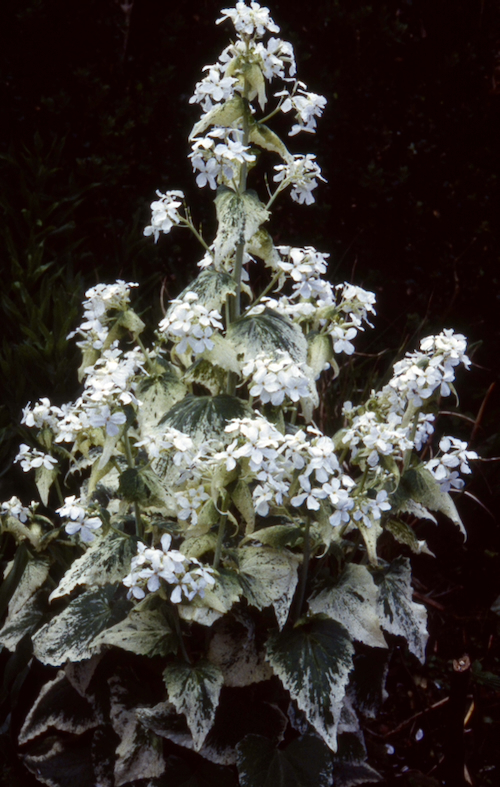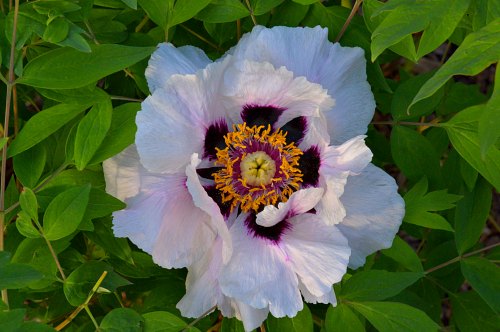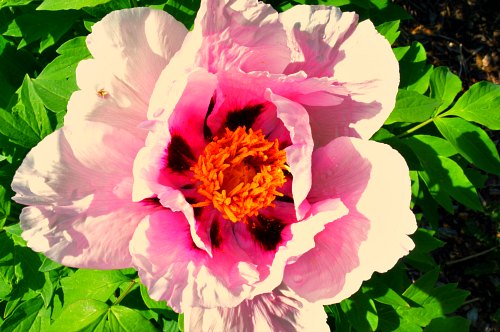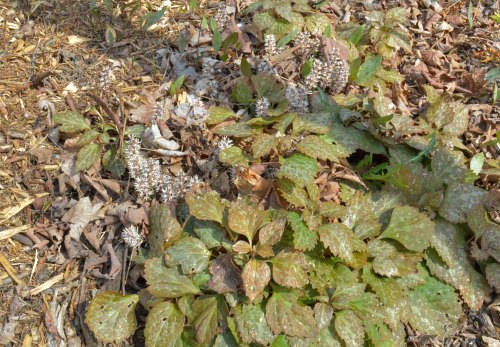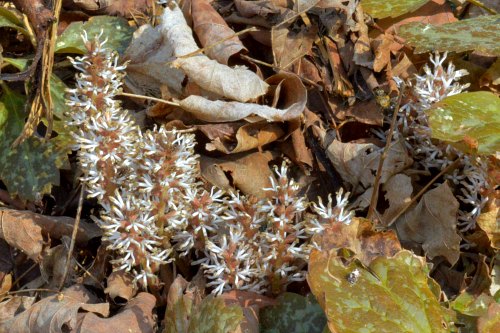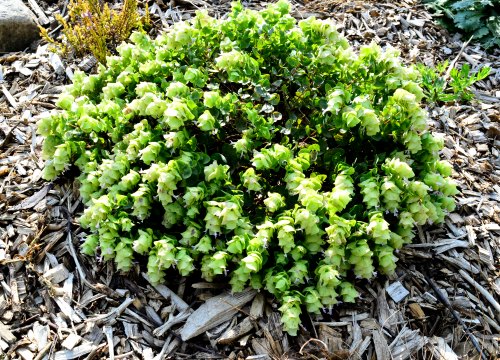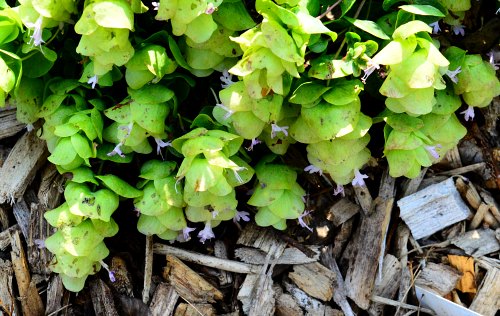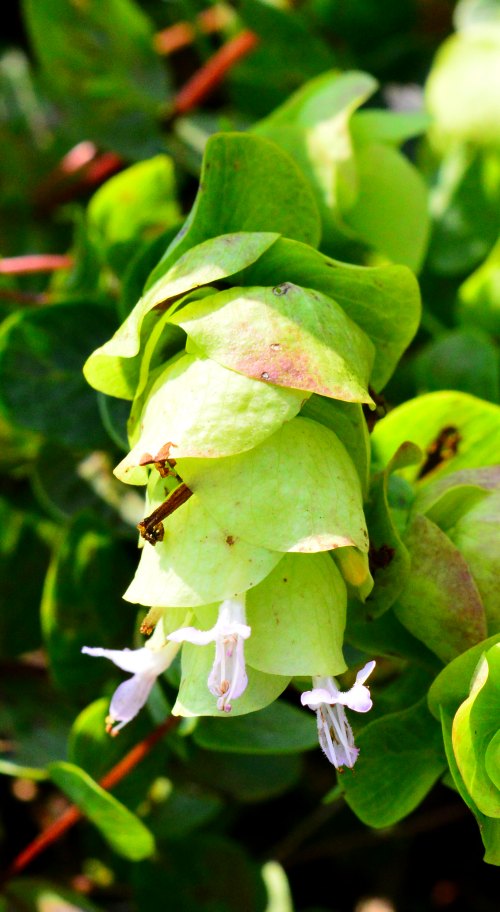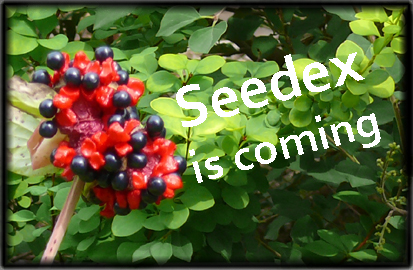(PEN-stem-on pin-ee-FOH-lee-us)
General Information:
Penstemon pinifolius is not your average penstemon. It’s leaves look more like a pine tree and the flowers are an orangey-red, which are produced in succession for most of the summer. It is a great, mid-sized, rock garden plant and is a hummingbird magnet.

Penstemon pinifolius:photo by Robert Pavlis
It is a North American native that is easy to grow in full sun and good drainage. P. pinifolius is also known as the pineleaf penstemon, pineneedle beardtongue and Arizona beardtongue. Beardtongue is the common name for all penstemons.
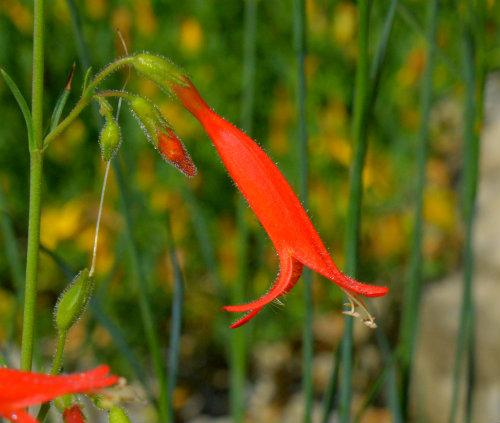
Penstemon pinifolius:photo by Robert Pavlis
Some sources list a P. pinifolius ‘compactum’, which is reported to be scarlet red, but the height of this plant is the same as the species. A yellow form called ‘Mersea Yellow’ is also available.
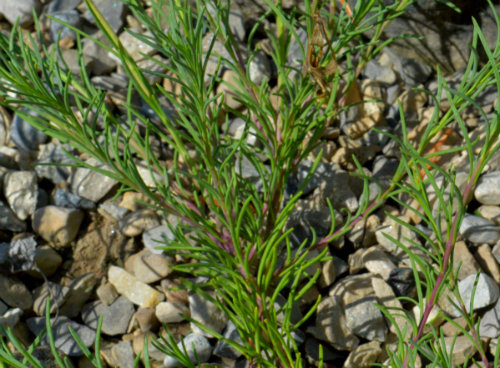
Penstemon pinifolius: photo by Robert Pavlis
The plant is evergreen but in my zone 5 garden it is only partially evergreen. Treat it like other subshrubs and cut it back once you see where the new growth is coming from.
Life Cycle: perennial subshrub
Height: 25 cm (10in)
Bloom Time: summer
Natural Range: Western North America
Habitat: upper elevations, on isolated rocky crags in pine and juniper forests
Synonyms: none
Cultivation:
Light: full sun
Soil: well drained, scree
Water: drought tolerant once established
USDA Hardiness Zone: 4-9
Propagation: seed, cuttings
Seedex availability (ORG&HPS annual Seed Exchange): occasionally

